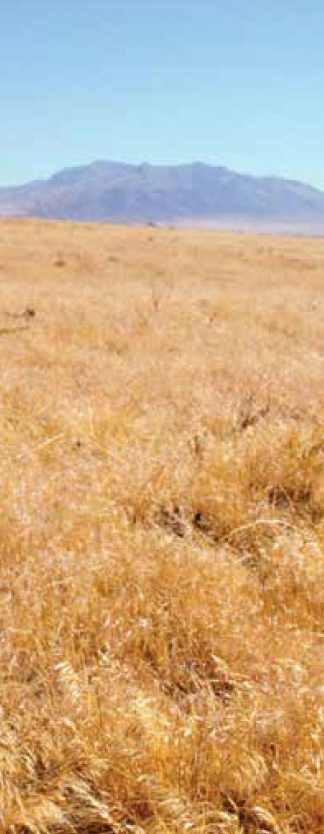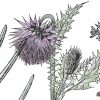Tens of thousands of invasive species—from cheatgrass, blights, and tamarisk to hogs, fire ants, and boa constrictors—damage natural ecosystems, agricultural systems, human-built infrastructure, and even public health throughout the United States, costing billions of dollars each year. The National Invasive Species Council calls invasives “one of the most significant threats to ecosystems, human and animal health, infrastructure, the economy, and cultural resources,” and Hawaii Governor David Ige, leading a Western Governors’ Association initiative on invasive species, emphasized that they “pose a significant threat to the western experience.” In the American West, invasive species present some of the biggest and most complex environment and natural resources challenges we face today. Addressing them requires not only huge investments of money and human capacity but also creative thinking and innovative approaches.

We hope this issue of Western Confluence will contribute to that endeavor. While we can’t explore every invasive species and proposed solution, we have curated a mix of stories that paints a picture of the problem’s scale, touches on both plants and animals as well as terrestrial and aquatic species, and most importantly shares examples of cutting edge research and approaches.
In many cases, control efforts focus specifically on getting rid of the invaders, whether that means spraying every last patch of a new invasive annual grass, treating a hot spring to kill all the exotic fish, or transporting every last mountain goat out of a mountain range. But as Tessa Wittman writes in her piece about resilience in native plants, we “will never get rid of the last cheatgrass seed.” One of the take-aways from these articles is that many invasive species have become permanent additions to the systems they now occupy.
Where eradication is out of reach, managers are shifting from the objective of getting rid of invasives toward figuring out ways to live with them. In these articles, researchers and managers share new strategies for keeping potential invasive species out of new places, identifying first arrivals of new species early, targeting those before they take off, optimizing where to apply control measures, making native systems more resistant to invasion, and even extreme potential future solutions, like genetically engineering diseases to wipe out invasive species. Scaffolding all these solutions are strategies around human coordination, communication, education, and data sharing.
Will these efforts work? There are some encouraging successes, but on a whole, invasive species, seem to be expanding faster than we can keep up with. Meanwhile, managers struggle to find adequate or sustainable funding for a seemingly endless battle that has few wins and little to celebrate. And yet, given the damages they cause and threats they pose, doing nothing about invasive species is not an option. Invasive species require that we keep working on, innovating around, and paying for these and future solutions. We will have to be incredibly informed, coordinated, and responsive. We will have to get creative about directing our limited resources to where they will best improve the situation. We will also have to adjust our expectations of what our ecological and cultivated systems should look like and consider new measures of what counts as a functioning ecosystem. We will have to adapt to a new normal.
By Emilene Ostlind


